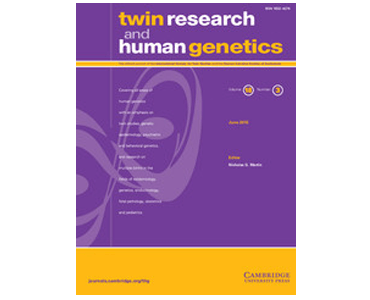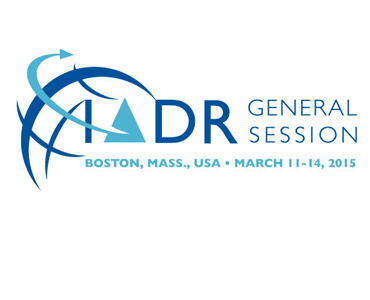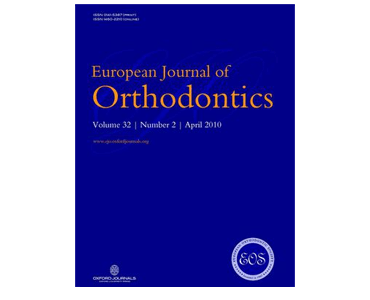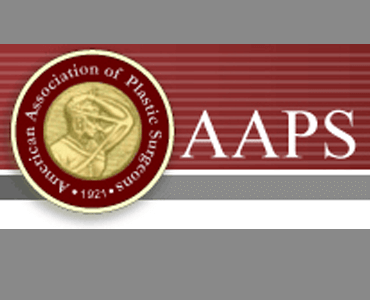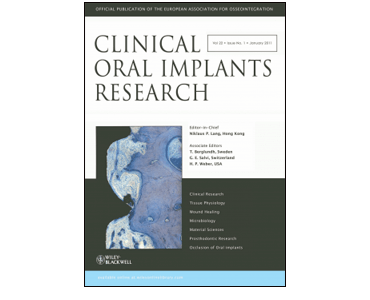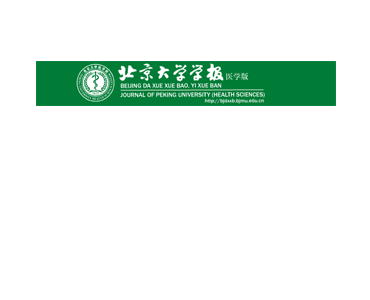Precision of three-dimensional stereo-photogrammetry (3dMD) in anthropometry of the auricle and its application in microtia reconstruction. ZC Chen, MN Albdour, JA Lizardo, YA Chen, KT Chen.
Date: May 2015. Source: Journal of Plastic, Reconstructive & Aesthetic Surgery, Volume 68, Issue 5, Pages 622–631. Background: The advent of three-dimensional stereo-photogrammetry in recent years has vastly helped the craniomaxillofacial field improve in terms of preoperative and intraoperative decision making. With regard to the auricle though, there is paucity of research as to the…


